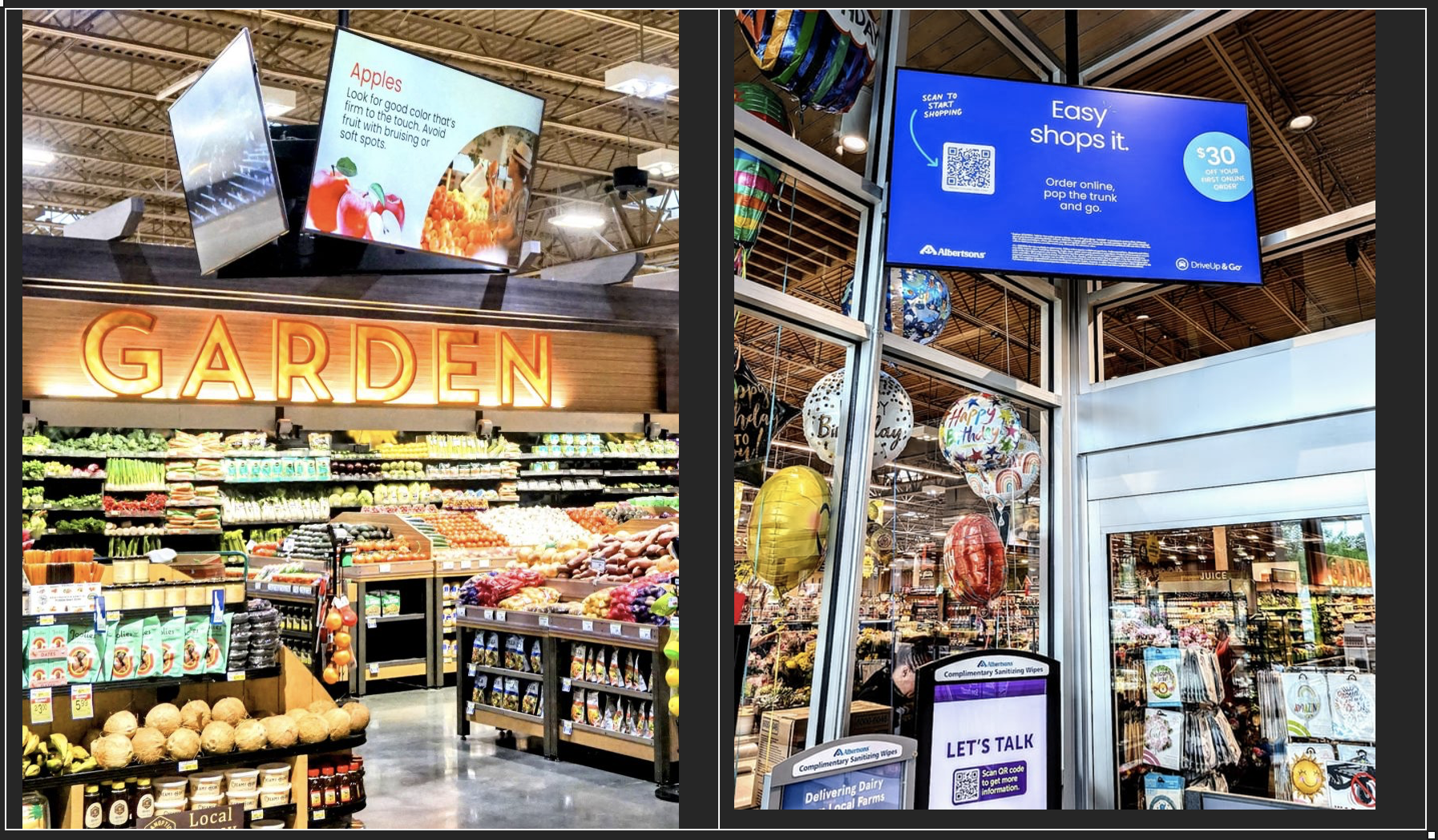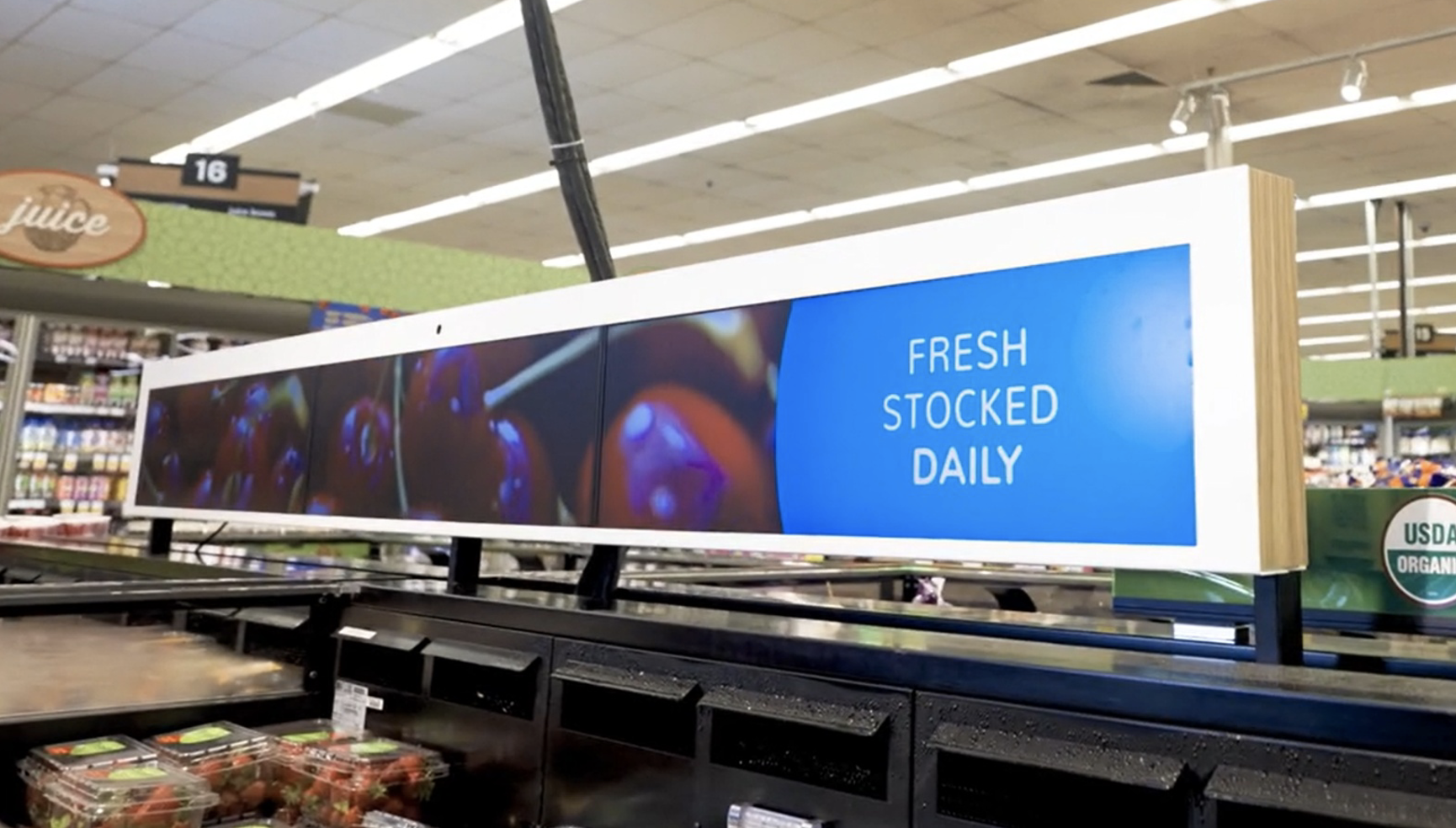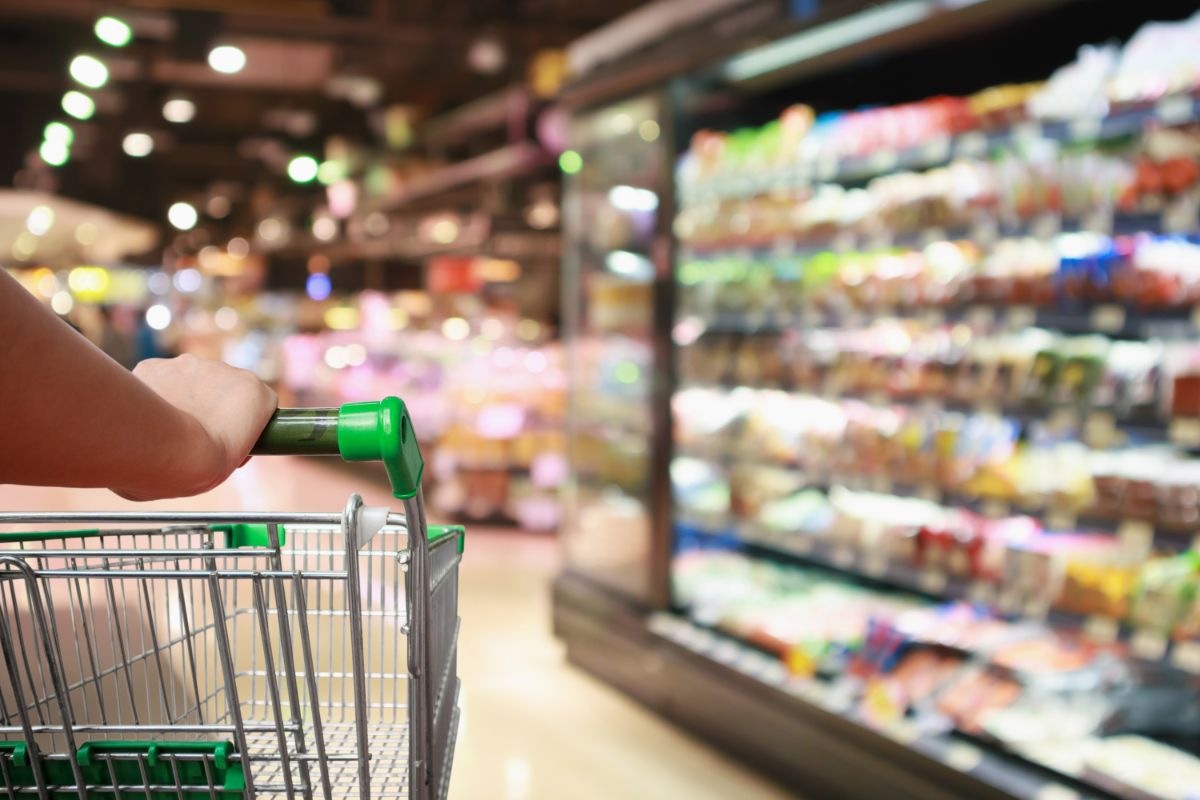Retail sales grew in December as shoppers spent less online but more in-store, the latest figures suggest. But although sales grew in value, that growth lagged inflation, and, for the ninth month in a row, retailers sold fewer goods than they had a year earlier.
Growth of 6.9% during the month meant that total retail sales grew more strongly in the last month of the year than they did during the year as a whole, according to the BRC/KPMG Retail Sales Monitor for December.
Meanwhile Barclays analysis suggests that shoppers used bank cards to spend 4.4% more than a year earlier, but less than the 9.3% rise in consumer price inflation. Online shopping, says Barclays, was hit in the run-up to Christmas by fears of late deliveries amid the postal strikes.
How shoppers spent: BRC/KPMG
In 2022, total retail sales grew by 3.1% compared to the previous year, according to the BRC figures. Food sales grew by 3%, while non-food sales were 3.2% ahead of the previous year.
In December alone they grew by 6.9% in total, compared to the previous December, when they had grown by 2.1%. That’s ahead of the longer-term trend over both three (+4.4%) and 12 (+3.1%) months. On a like-for-like (LFL) basis that strips out the effect of store – and business – openings and closures, they grew by 6.5%.
Online non-food sales fell by 3% in December. A year earlier they had fallen by 13.9%. Some 42.3% of sales took place online in December. That’s down from 44.3% a year earlier. But in-store sales of non-food products grew by 5.3% in total over the three months to December, compared to a year earlier, and by 4.5% LFL.
Helen Dickinson, chief executive of the British Retail Consortium, says: “After an exceptionally challenging year which saw inflation climb and consumer confidence plummet, the uptick in spending over Christmas gave many retailers cause for cheer. Many consumers braved the cold snap and the strikes to ensure friends and families got the gifts they wanted, with energy-saving products, warm clothing and boots all selling well. Nonetheless, despite the stronger sales, growth remained below inflation, making December the ninth consecutive month of falling volumes.
“Retail faces further headwinds in 2023. Cost pressures show little immediate signs of waning, and consumer spending will be further constrained by increasing living costs. Retailers are juggling big cost increases while trying to keep prices as low as possible for their customers. And, from April, they will be hit with an additional £7.5 billion energy bill should the Government’s Energy Support Scheme expire. We hope the Chancellor’s announcement this week will provide the necessary extension, or further prices rises will be inevitable.”
Paul Martin, UK head of retail at KPMG, says: “Whilst the numbers for sales growth in December look healthy, with sales values up by nearly 7% on last year, this is largely due to goods costing more and masks the fact that the volume of goods that people are buying is significantly down on this time last year.
“Consumers shunned big ticket technology purchases in December, opting for energy efficient household appliances and Christmas mainstays of clothes and beauty items. Food sales were also strong, growing nearly 8% year on year as families gathered at home to make the most of an unrestricted Christmas. Despite the bad weather, and with postal strikes ongoing, shoppers opted to head for the high street to browse for Christmas presents, with online sales growth continuing to slide across a number of categories.
“With Christmas behind us, retailers are facing a challenging few months as consumers manage rising interest rates and energy prices by reducing their non-essential spending, and industrial action across a number of sectors could also impact sales. The strong demand across certain categories that has protected some retailers will undoubtedly fall away so we can expect high street casualties as we head into the Spring. This will present opportunities and some organisations will benefit from the current situation through market-share growth and consolidation opportunities that will arise. The first half of the year will be tough for retail and a case of survival of the fittest, but we expect to see demand increase as 2023 progresses.”
Food sales grew by 7.9% in total in the three months to December, and by 7.7% LFL, according to the BRC figures. That’s ahead of the 12-month average of 3% growth. In December alone, food sales were higher than a year earlier.
Susan Barratt, chief executive of grocery analyst the IGD, says: “December saw strong headline growth in food and drink sales, registering a notable acceleration over sales in November. With Christmas falling on a Sunday, the week ending Saturday 24 December delivered the biggest cash value ever recorded for a trading week in the sector. Despite this buoyancy, volumes in December were essentially flat, indicating that inflation continues to fuel growth. However, the flat volume number is an improvement on the rest of 2022, showing that Christmas still had the power to shift the direction of the market.
Spending on cards: Barclays
Shoppers spent 4.4% more on debit and credit cards in December than a year earlier, according to Barclays. That’s 3.9% higher than in November – but below the 9.3% rise in inflation.
Spending on essential items rose by 5.1% year-on-year, with spending up at both supermarkets (+5.5%). Spending on non-essential items was up by 4.1% YOY – the fastest growth since July 2022, as pubs, bars and clubs (+12.6%) saw their fastest growth since May 2022. Spending on utilities (+40.6%) rose while digital content and subscriptions (-1.3%) spending fell as customers cut back both on film and streaming services and paid-for TV channels – reflecting a resolve to cancel these services by 16% and 10% respectively of 2,000 UK adults questioned in the monthly Barclays survey.
Esme Harwood, director at Barclays, says: “The retail, travel and hospitality sectors all saw noticeable growth in December. Sports and outdoor retailers saw their largest increase since March 2022 as many Brits sought to get a head start on their January health kick. Meanwhile, pubs, bars and clubs benefited from Christmas parties and football fans watching the World Cup.
“However, it’s worth noting that these figures look more positive in comparison to December 2021, as the spread of Omicron kept Brits away from high streets and hospitality venues. It seems this year shoppers returned to the high street to make the most of the festive period despite the cost-of-living challenges.
“The postal strikes hampered online retail due to fears of missing pre-Christmas delivery dates, while rising living costs caused more Brits to cancel their subscription services. Confidence in household finances saw a small jump, suggesting that consumers are feeling slightly more optimistic about their ability to balance their budgets going into the new year.”









